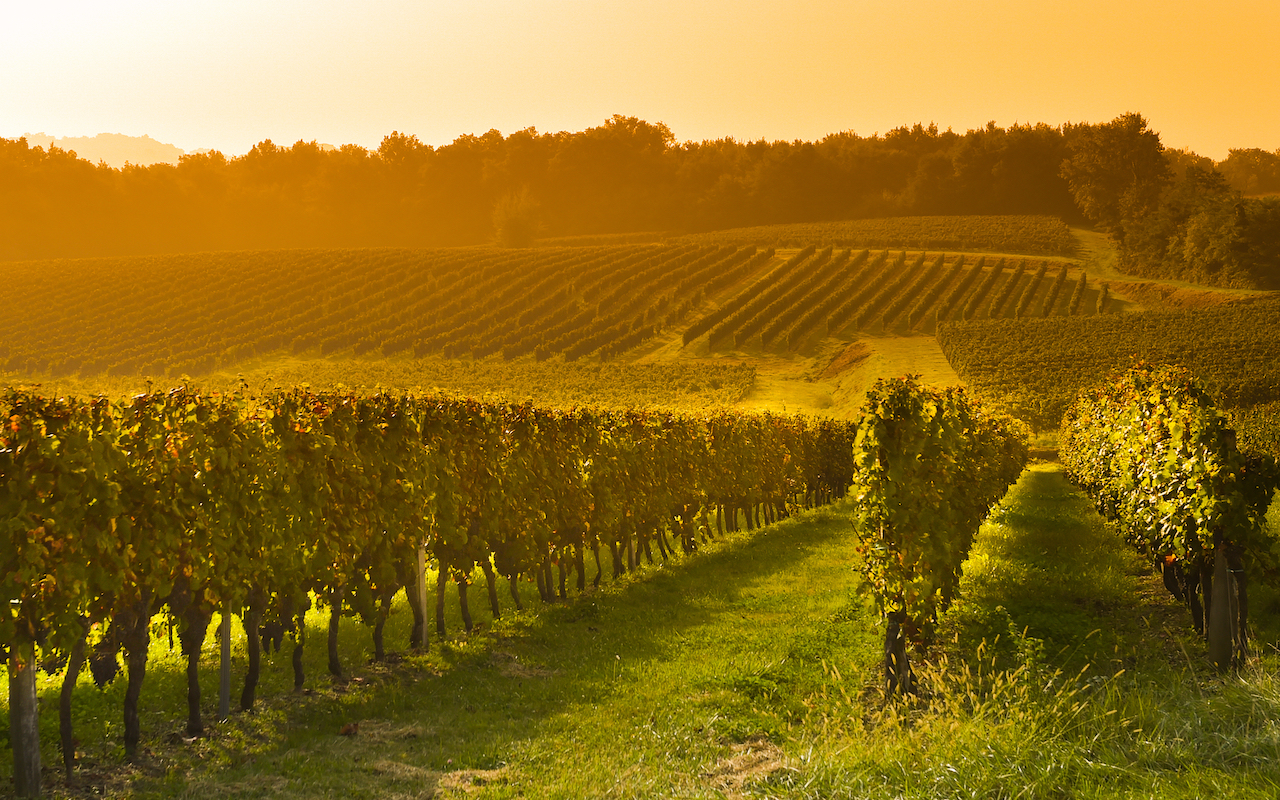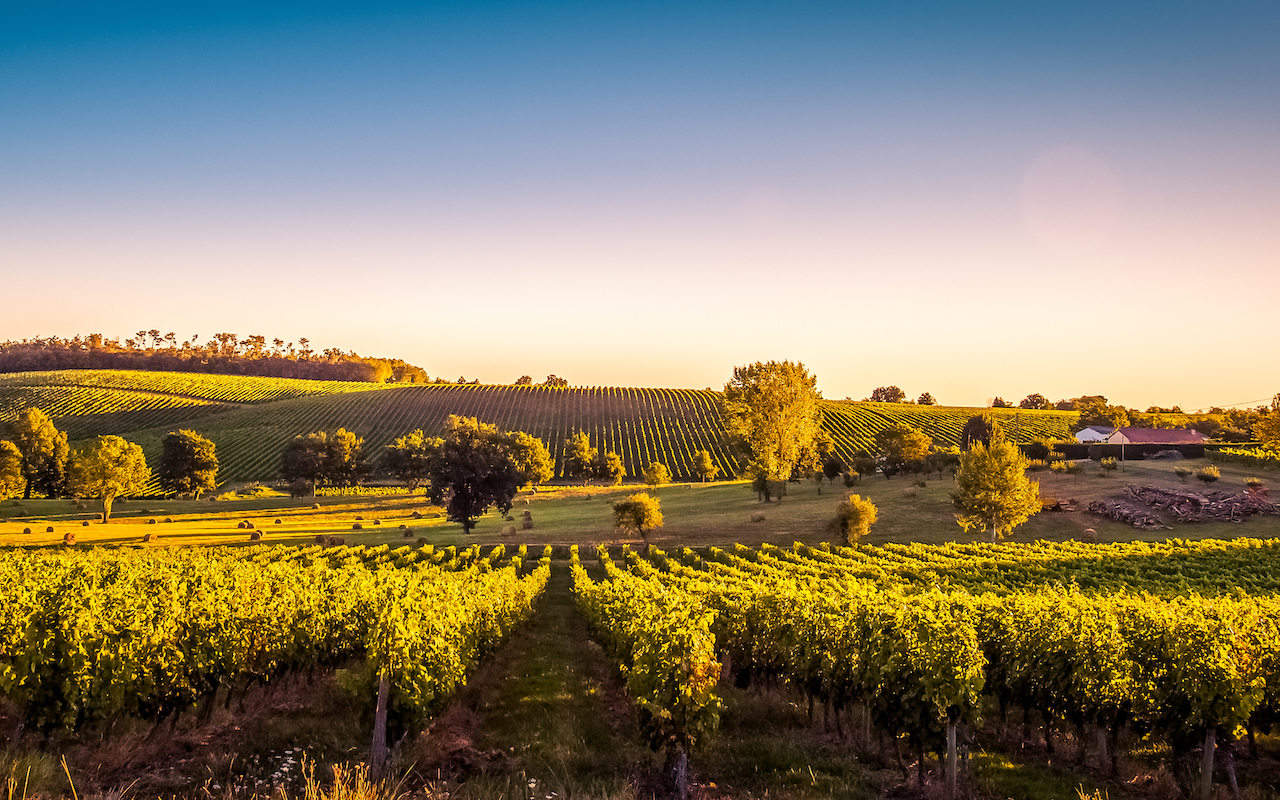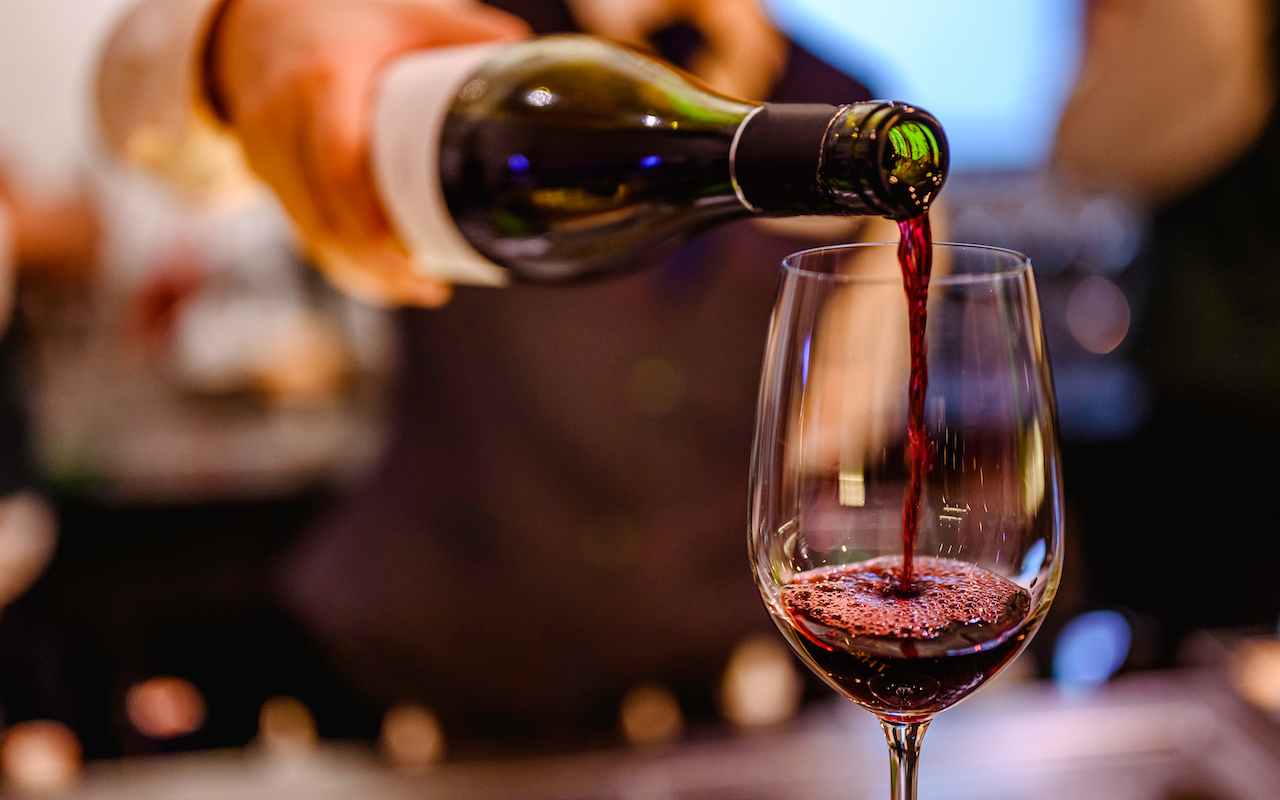
1. The region’s history dates back to the ancient Romans
The Romans were the first people to cultivate, plant vineyards and produce Bordeaux wine around the middle of the first century AD.
In 1152, Bordeaux gained popularity when it was served at the wedding of England’s Henry Plantagenet, who would later become King Henry II, and Eleanor of Aquitaine, heir to the Duchy of Aquitaine.
Many of the royal couple’s children later became big fans of the wine, and were instrumental in increasing the popularity of Bordeaux wine across the world. In fact, the Bordeaux wine trade began exporting to England in 1302 .
In the 17th century, the Dutch cleared the area of Médoc of its swampy, unusable grounds so more vines could grow and be harvested for the quicker distribution of Bordeaux wines.
In 1855, the various châteaux of Bordeaux were classified, and this classification remains widely used today.
2. Why are Bordeaux wines famous?
Bordeaux wines are known to be top tier, and the Bordeaux region is seen as a benchmark for winemakers around the world. The red grape varieties in Bordeaux are Cabernet Sauvignon, Merlot, Cabernet Franc, Petit Verdot, Malbec and Carmenere, while the main whites are Sémillon and Sauvignon Blanc.
Michael Hill-Smith, Australia’s first Master of Wine and a Singapore Airlines wine consultant points out that producers there know how to make the various blends work and have refined them over the centuries to what is now “modern Bordeaux” with highly recognisable traits. Furthermore, people often associate greatness with longevity, and wines from the Bordeaux region are known for their longevity, he said.
Jeannie Cho Lee, Master of Wine and Singapore Airlines wine consultant, agrees: “One of the things that makes them so great is their ability to withstand the vintages because of the high-quality blend of the varieties. Year after year, they deliver a consistently sound product to sell.”

3. What is Left Bank and Right Bank?
Left Bank and Right Bank essentially refer to the left and right sides of the Gironde River. The wines they produce are vastly different in terms of their personality, mouthfeel and style because of the different terroir and soil conditions.
The Left Bank, where it is rockier and the soil is packed with gravel and deep deposits of limestone, is home to a large number of the most prestigious châteaux. It also has a plethora of First and Second Growth Bordeaux Wine – both highly coveted categorisation under the 1855 Bordeaux Classification list that fetches top dollar. Left Bank areas include the Médoc, where you’d find the village of Pauillac (possibly the most famous of all the Bordeaux wine producing appelations), and Graves, which is as well respected for its reds as it is for its whites.
The Right Bank has a cooler climate and damper soil conditions, with less gravel and more clay, and a limestone surface. Areas include Pomerol and Saint-Émilion, which together have over 6,000ha planted with grape vines.
4. Left Bank wines versus Right Bank wines
Left Bank wines are mostly Cabernet Sauvignon blended with a small percentage of Merlot to showcase the Cab’s best qualities of being tannin-heavy and powerful, with high levels of acidity. The Right Bank produces Merlot-based wines known to have a subtler, juicier and softer mouthfeel. They are also best enjoyed at a young age.
Although there was a perception in the past that the lesser-known Right Bank wines were of slightly lower pedigree, the tide is changing. Many now feel that the quality of Right Bank wines are on par with the Left’s.
Jeannie agrees. The reason why Singapore Airlines didn’t serve Right Bank wines in the past was because the properties there were about a third of the size of those on the other side, she explains.
“There weren’t enough châteaux on the Right Bank that could produce the amount we needed for our flights. Now, the key reason why we’ve been able to add more Right Bank wines is because we’ve reduced the quantity so we can rotate them and offer more diversity and labels.” Stylistically, she adds, “we’ve always liked Merlot-based Right Bank wines, but just couldn’t get them.”

5. How do you appreciate Bordeaux wine?
Pour the wine and look at its colour. It should be a rich, dark red, says Michael. An older one would also have hints of brick or brown. “Aromatically, you’ve got a lovely blackcurrant intensity, particularly in the younger ones, and you might have a hint of oak maturation, plus a touch of a slightly leafy, herbaceous, tobacco-y character on the nose. On the palate, it’s medium-bodied with a really nice flavour, intensity and length. You’ve got firm but balanced tannins and enough acidity to give it liveliness and longevity.”
Singapore Airlines wine consultant Oz Clarke adds that it’s an excellent companion to European cuisine, and especially the meat and cheese dishes. “The tannins and acidity make your mouth water slightly and tease it so you’re keen for food. It also softens the meat dish when taken together.”
Singapore Airlines rotates through 16 Bordeaux labels from both the Left and Right Bank for its Business Class passengers, and four Second Growths for First Class passengers. To book a flight, visit singaporeair.com
SEE ALSO: Why Burgundy is becoming one of the world’s most popular wines
The post Know your wines: Bordeaux appeared first on SilverKris.
from SilverKris
When your website or blog goes live for the first time, it is exciting. That is until you realize no one but you and your. https://wevino.store/
ReplyDelete